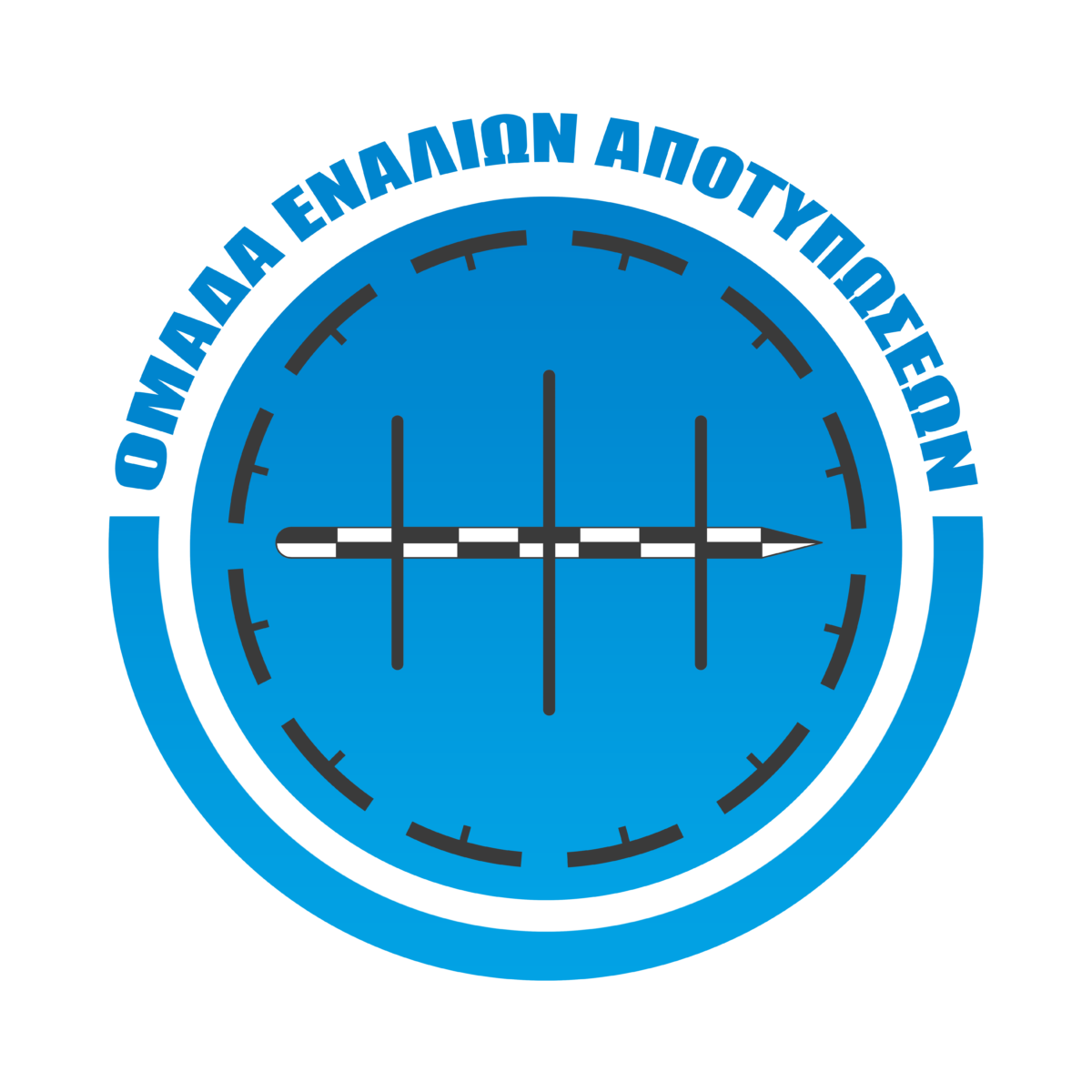My first visit to Kalamitsi was way back in 1992. At that time, diving was strictly regulated and only allowed at designated sites. Fortunately, Georg, who was actually Austrian, operated a dive center at one of the most beautiful and remote places in Chalkidiki. It was from there that excursions to the unidentified ‘Kalamitsi wreck’ were made. Being a new recreational diver at the time, I had never seen a wreck. Naturally, I entered the water with considerable excitement on that fateful day. Nothing, however, could have prepared me for the amazing spectacle that lay before my eyes. I was simply awestruck. It stirred something so deep inside me that I instantly knew I would forever be involved in wrecks and wreck hunting. What I could not have known at the time, however, was that I would be given the opportunity to delve closer into the secrets of this particular wreck in a study that would begin a full 25 years later.
As a foundering member of the newly established Underwater Surveying Team (U.S.T.), I approached Vasilis during the autumn of 2017. As an old friend and owner of the Dolphin Diving Center at Kalamitsi, he was enthusiastic at the prospect of facilitating new research into the ‘Kalamitsi wreck’ which had since become a popular diving destination. I explained that none of the other U.S.T. team members had ever dived the wreck, so it was agreed that the initial dives should bring them up to speed. The first was a field assessment dive undertaken with Nikolas and Stavros in October 2017. The second dive with Anastasios was carried out for photographic documentation a month later. Inspired by my very first dive of the ‘Kalamitsi wreck’ and applying the techniques learnt in my formal academic training in Rural and Surveying Engineering, I have become an Underwater Survey Diver and fully fledged Wreck Detective. As such, I helped decide the dive objectives for the ‘Kalamitsi wreck’. Primarily, we were to determine the exact location and the shape of the wreck. Secondary, to record all the necessary details for dimensions, depths and the environment of the study area.
During the winter of 2017, our team set to work. The initial data was processed and a draft 3D representation of the wreck produced by Anastasios and Panagiotis. At the same time, archival research was initiated to answer two burning questions; her identity and what had happened to cause her to sink. The draft 3D representation created allowed us to plan all future dives. A detailed sketch was also made to allow us to zero in on areas and particular features which required a more detailed study. The hope was that this would lead to the identification of the ship.
In mid May 2018, members of the U.S.T. team met again at Kalamitsi. Two Wreck Detective trainees (Theofilos and Vasilis) joined our campaign. Walter’s participation as a guest diver and frequent visitor of the area enabled the photographic coverage of some of the training done at the site. Four intensive dives over the next three consecutive days made the acquisition of photographs, new data, more exact details and dimensional data all possible. In spite of all our efforts to date, it is still very much a work in progress and there remains much to be done. The study continues with the expectation that the latest data, in conjunction with further archival research, will facilitate the revelation of the ship’s identity. For the moment, however, the popular wreck lying at 17 metres at the edge of Sithonia in Chalkidiki is keeping its secrets…

